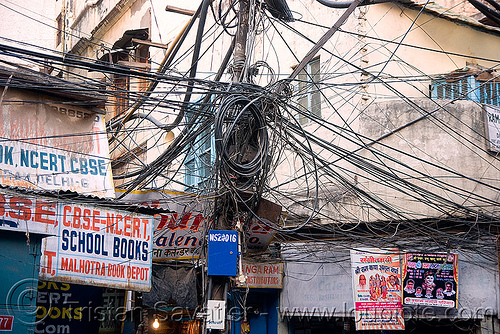No, there is no time delay. The elevator stops dead where it is unless there is some purely mechanical means to bring it to a landing. The emergency battery back up is disconnected by the same shunt sequence. You can't override the shunt once it trips, someone has to manually reset the breaker, and if the heat detector is still in alarm it's going to trip again unless you're removing power to the trip coil as well.
Page 106
http://www.afaa.org/Webinars/AFAA Webinar - 1-27-2012 - FA & Elevators.pdf

